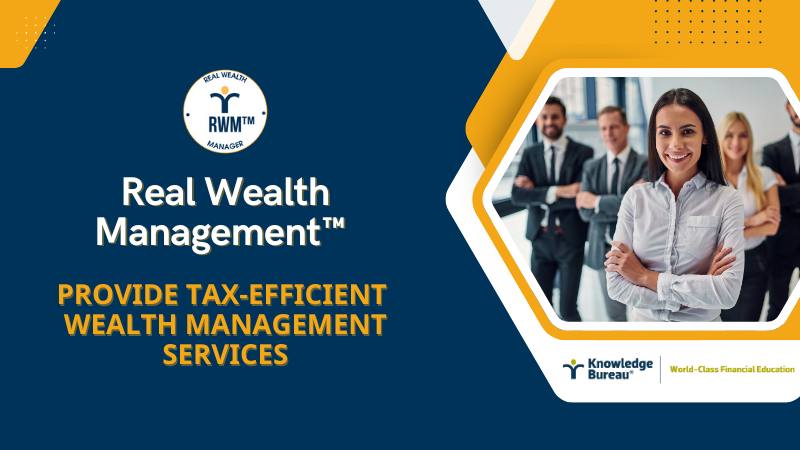Last updated: September 24 2025
Show Me the Money: Motivating Gen Y and Z to Invest

Geoff Currier and Evelyn Jacks
The one thing we must all pay for in advance is our retirement. It’s a consistent message from tax and financial professionals to clients of all ages. Yet, despite all of the advice, millions of Canadians are ill prepared for the years when their ability to earn income, actively, ends. The trick is to start early and put away a little, regularly. That’s why it’s important to engage Gen Y and Z in future planning conversations. How to do it? Show them the Math!
The Next Generations: Generation Y, the Millennials, were born between the early 1980’s and the late 1990’s. They are generally between their late 20’s to their mid 40’s. Right behind them are the Generation Z people who are in the age bracket of early teens to mid 20’s.
According to Stats Canada, in 2025 there were 32,803,930 tax filers in Canada. StatsCan does not have up to date figures for how many contributed to an RRSP (Registered Retirement Savings Plan) but in 2022 the number was just under 22% of tax filers. That is a low number.
Worse, those aged 35-44 are not just coming into their prime earning years; they represent only a quarter of RRSP contributors.
Why the Low Uptake? The most obvious reason is that many are living paycheque to paycheque and simply don’t have anything left over at the end of the month. Budgeting could help.
However, the number one expense for this demographic is taxes. A recent Fraser Institute study stated that the average Canadian family spends more than 43% of its income on taxes. Follow that up with the high cost of housing, food, fuel, recent tariffs and other necessities and it’s easy to see why affordability was one of the main issues in this year’s federal election campaign.
Another is, that younger demographics are not in their peak earnings zone. Again, from StatsCan, those earning between $40,000 and $59,000 contribute just 18% of RRSP contributors. That’s an interesting number as the maximum contribution to an RRSP is calculated at 18% of last year’s earned income to an annual dollar maximum ($32,490).
For lower earners, it’s actually not that onerous to commit to save, tax efficiently. For example, the maximum contribution for those with earned income of $40,000 is $7200 or just over $21 a day. Starting early and saving consistently, even if the investment is smaller, can really help younger people pull ahead. That’s the power of the time value of money.
The RRSP Saving Benefits are Motivating. Remind younger clients that an RRSP contribution can reduce their net income as well as their taxable income. Net income is the figure used to calculate refundable and non-refundable tax credits. An RRSP deduction reduces that figure. That means clients may qualify for more tax free benefits.
More good news: In most cases, the RRSP withdrawal down the line when it generates pension income, will be taxable. But if your clients are looking to buy a home and they have some RRSP savings, they can tap into those savings under terms of the RRSP Home Buyers Plan. They can withdraw up to $60,000 tax free, but the caveat is that the money must be repaid within 15 years.
The TFSA is Lucrative, Too. There’s no tax deduction at the time you invest in this case, but no tax on withdrawal, which the investment earnings accumulate tax free as well. You have to be 18 and a resident of Canada to open an account. Let’s do some retirement math: consider that depositing the current maximum of $7000 a year for 40 years and earning 5% will amount to $937,158.26! It’s an obvious choice: sock away $19.18 a day every day starting at age 25. This is your ticket to a tax free retirement!
Another Saving Option: The First Home Savings Account (FHSA) was created in 2023. While more than three quarters of a million individuals have opened an FHSA, this message has not been well communicated: it’s your ticket to a tax free down payment!
Plus, a deduction for the contribution up to a maximum of $8000 a year is possible. That reduces net income (to the same benefits as the RRSP). Unlike the RRSP, the money is tax free on withdrawal if used to buy a home.
Focus on Younger Clients. As tax professionals who may be working with younger clients you are in an excellent position to advise them on the benefits of an FHSA. Only 739,000 individuals have opened an FHSA. The average amount sitting in those accounts is $3,899. You can help ramp that up and secure more futures.
Gen Z appears to be prepared to forgo some discretionary spending in order to save for the future. While there is a high unemployment rate among this age demographic, there is saving as well. One survey suggests that Gen Z’ers save 11% of each paycheque. This is just a survey, of course and not hard data. However, it does suggest that we’re seeing a shift in the way this group sees money.
Your Role: For many people even talking about finances is stress inducing. You are in the best position to help your clients breathe and take a pragmatic approach to their future. You have your clients’ best interests at heart and can guide them well with the available investment options.
Also, invite them to subscribe to Knowledge Bureau Report and Real Tax News Podcasts. They are free financial educational resources that can help too.

